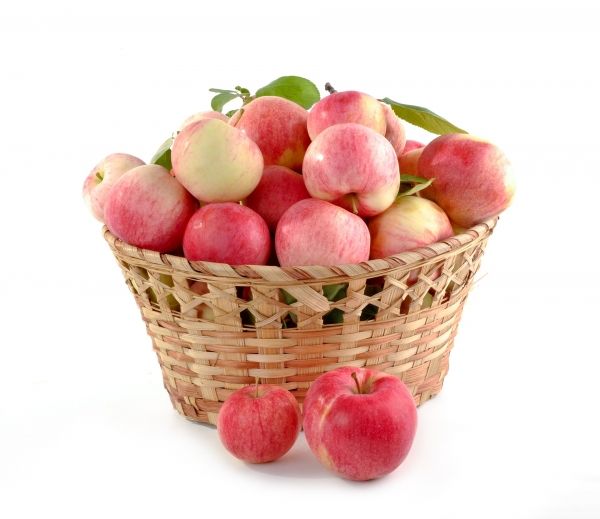Researchers have demonstrated the use of tinted, semi-transparent solar panels to generate electricity and produce nutritionally-superior crops simultaneously, bringing the prospect of higher incomes for farmers and maximising use of agricultural land.
By allowing farmers to diversify their portfolio, this novel system could offer financial protection from fluctuations in market prices or changes in demand, and mitigate risks associated with an unreliable climate. On a larger scale it could vastly increase capacity for solar-powered electricity generation without compromising agricultural production.
This is not the first time that crops and electricity have been produced simultaneously using semi-transparent solar panels – a technique called ‘agrivoltaics’. But in a novel adaptation, the researchers used orange-tinted panels to make best use of the wavelengths - or colours - of light that could pass through them.
The tinted solar panels absorb blue and green wavelengths to generate electricity. Orange and red wavelengths pass through, allowing plants underneath to grow. While the crop receives less than half the total amount of light it would get if grown in a standard agricultural system, the colours passing through the panels are the ones most suitable for its growth.
Read more at University Of Cambridge
Image by Larisa Koshkina from Pixabay


